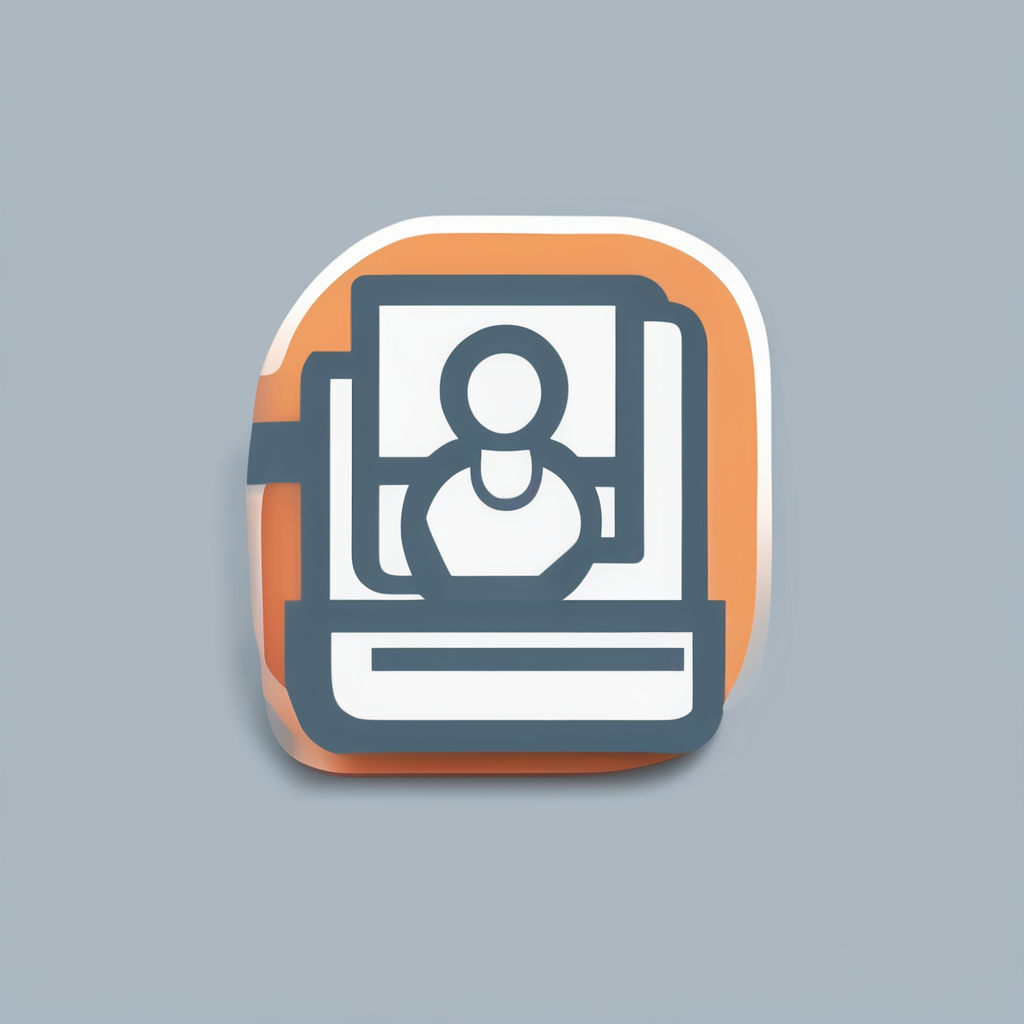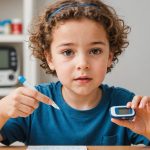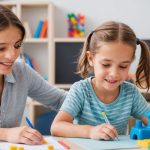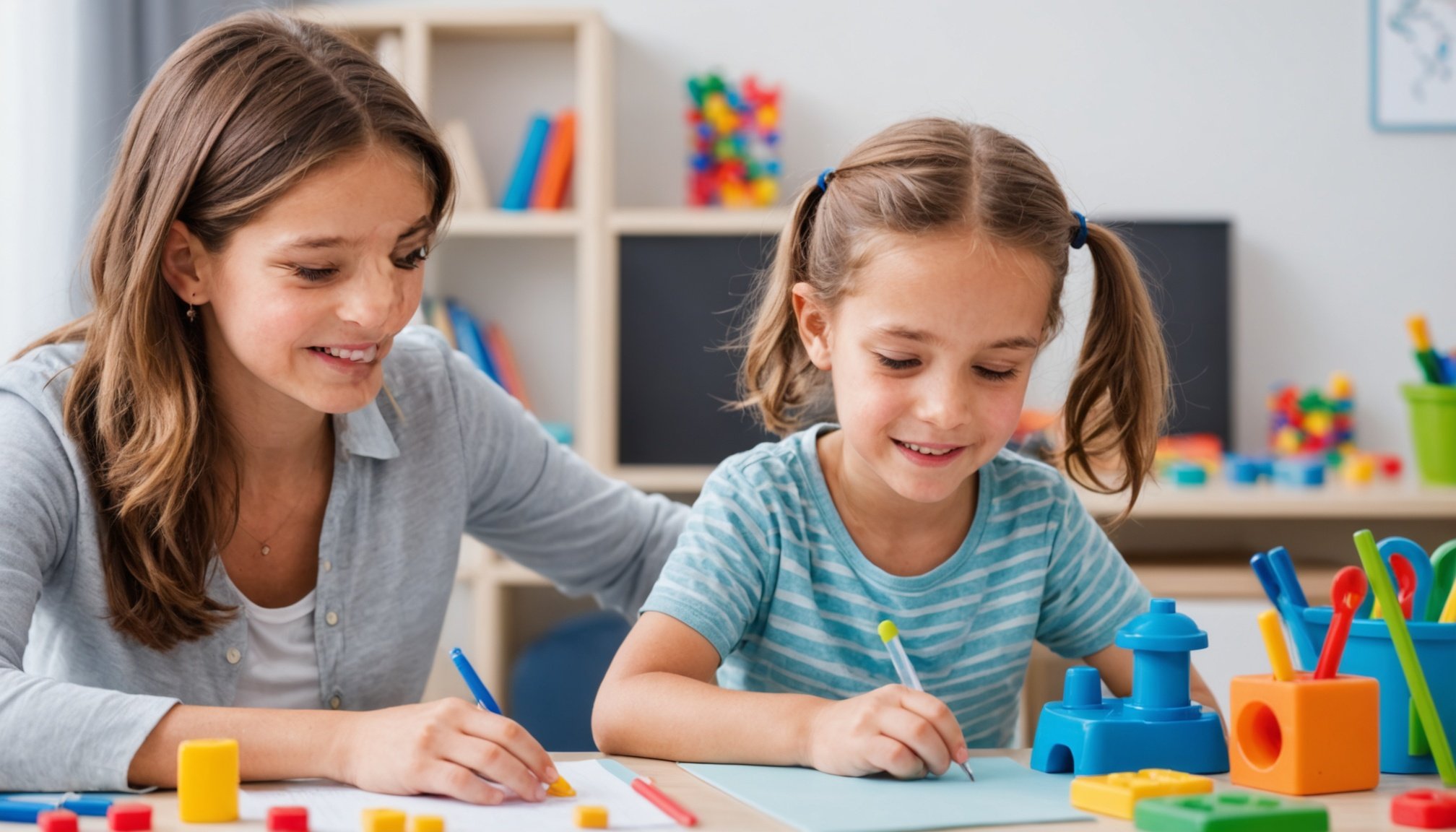Essential Speech Therapy Techniques for Addressing Apraxia in Children: Insights from UK Therapists
Understanding Childhood Apraxia of Speech
Childhood apraxia of speech, often referred to as verbal dyspraxia or apraxia speech, is a motor planning disorder that affects a child’s ability to sequence and coordinate the movements necessary for speech. This condition is distinct from other speech disorders, as it is not due to muscle weakness or paralysis but rather a difficulty in planning and executing the precise movements required for speech production.
“Apraxia of speech is a complex condition that requires a tailored and multi-faceted approach,” explains Sonja McGeachie, an Early Intervention Speech and Language Therapist from The London Speech and Feeding Practice. “It’s crucial to understand that each child with apraxia presents differently, and what works for one child may not work for another.”
Also to see : Innovative Therapeutic Strategies for UK Psychologists in Treating Phobias: A Comprehensive Guide
Motor-Based Intervention Techniques
One of the key approaches in addressing childhood apraxia of speech is the use of motor-based intervention techniques. These methods focus on improving the child’s ability to plan and execute the motor movements necessary for speech.
Melodic Intonation Therapy (MIT) and Touch-Cue Methods
A study on the effectiveness of combining Melodic Intonation Therapy (MIT) and the Touch-Cue method highlights the potential benefits of these motor intervention strategies. MIT involves using music and rhythm to help children develop speech skills, while the Touch-Cue method uses tactile cues to guide the child’s articulators (tongue, lips, and teeth) into the correct positions for speech sounds.
Topic to read : Exploring the Impact of UK Geneticists on Prenatal Screening for Rare Genetic Disorders
“These methods can be particularly effective because they engage multiple senses and provide immediate feedback to the child,” notes a speech-language pathologist. “For example, in MIT, the musical element can make practice more engaging and enjoyable, while the Touch-Cue method provides a tangible guide for the child to follow.”
Visual Cues and Hand Gestures
Visual cues and hand gestures are another essential tool in speech therapy for children with apraxia.
Cued Articulation
Cued Articulation, developed by Jane Passy, involves using specific handshapes and placement cues to guide the child’s articulators to produce accurate sounds. This method can be highly effective in helping children visualize and replicate the correct mouth and tongue positions for various sounds.
“For the /r/ sound, for instance, Caroline Bowen’s method uses the ‘rowdy rooster’ hand signal, which can be very engaging and memorable for children,” explains Sonja McGeachie. “The key is to find the visual cues that resonate most with each child.”
Finger Shapes and Pictures
In addition to Cued Articulation, using finger shapes and pictures can also help children master specific sounds. For example, for the /SH/ sound, a “snake tongue” finger shape can be used, where the pinky finger is wiggled to represent the snake-like tongue tip.
“Visual cues act like flashcards for their minds, giving them a clear picture of how to position their mouth and tongue,” McGeachie adds. “Mirrors, mouth pictures, and semantic prompts are also invaluable tools in this process.”
Practical Tips for Parents and Therapists
Collaborative Practice
Collaboration between parents and speech-language therapists is crucial for consistent progress. Here are some practical tips:
- Collaborate with Your SLT: Good feedback and communication with the Speech and Language Therapist ensures consistency and progress.
- Practise Regularly: Encourage consistent practice of cued articulation at home to reinforce learning.
- Use Visual Aids: Use the same visuals that your therapist uses in the speech clinic to help your child at home with recall and practice.
Making Practice Engaging
To keep practice sessions engaging and fun, consider the following:
- Short and Sweet: Stick to short practice times (5-10 minutes) to avoid frustration.
- Make it a Routine: Integrate practice time into your daily routine, like after breakfast or before bedtime.
- Positive Reinforcement: Celebrate your child’s efforts with praise and high fives.
- Make it Multisensory: Incorporate sensory activities like blowing bubbles for the /F/ sound or feeling the wind for the /SH/ sound.
Advanced Tools and Techniques
Oral Placement Therapy (OPT)
Oral Placement Therapy (OPT), developed by Sara Rosenfeld Johnson, is another valuable tool. The TalkTools® Lip Gym, for example, is a comprehensive mouth exercise program that helps improve awareness, positioning, strength, and stability of the lips and tongue. This program is particularly useful for developing the sensation of the mentalis muscle and strength/stability when producing the /r/ sound.
“The Lip Gym is not just about improving speech sounds but also about saliva management and overall oral motor skills,” explains Jennifer Occhipinti Tonelli, MA, CCC-SLP, who inspired the creation of the Lip Gym.
Table: Comparison of Speech Therapy Techniques
| Technique | Description | Benefits | Examples |
|---|---|---|---|
| Melodic Intonation Therapy (MIT) | Uses music and rhythm to develop speech skills | Engaging, multi-sensory, immediate feedback | Singing songs with specific speech sounds |
| Touch-Cue Method | Uses tactile cues to guide articulators | Provides tangible guide, immediate feedback | Touching the lips or tongue to cue sounds |
| Cued Articulation | Uses handshapes and placement cues to guide articulators | Visual, engaging, customizable | ‘Rowdy rooster’ for /r/ sound |
| Finger Shapes and Pictures | Uses finger shapes and pictures to visualize sounds | Simple, memorable, visual | ‘Snake tongue’ for /SH/ sound |
| Oral Placement Therapy (OPT) | Focuses on improving oral motor skills | Comprehensive, improves overall oral motor skills | TalkTools® Lip Gym for lip and tongue strength |
Addressing childhood apraxia of speech requires a multifaceted approach that incorporates various techniques and tools. By understanding the unique needs of each child and leveraging motor-based interventions, visual cues, and advanced tools like OPT, parents and therapists can work together to help children overcome their speech difficulties.
“Every child with apraxia is different, but with the right combination of techniques and a supportive environment, they can make significant progress,” concludes Sonja McGeachie. “As a therapist, it’s rewarding to see children grow in their communication skills and confidence.”
For parents concerned about their child’s speech, it’s essential to seek professional help from a speech-language therapist. With the right guidance and support, children with apraxia can develop the speech skills they need to communicate effectively and confidently.











